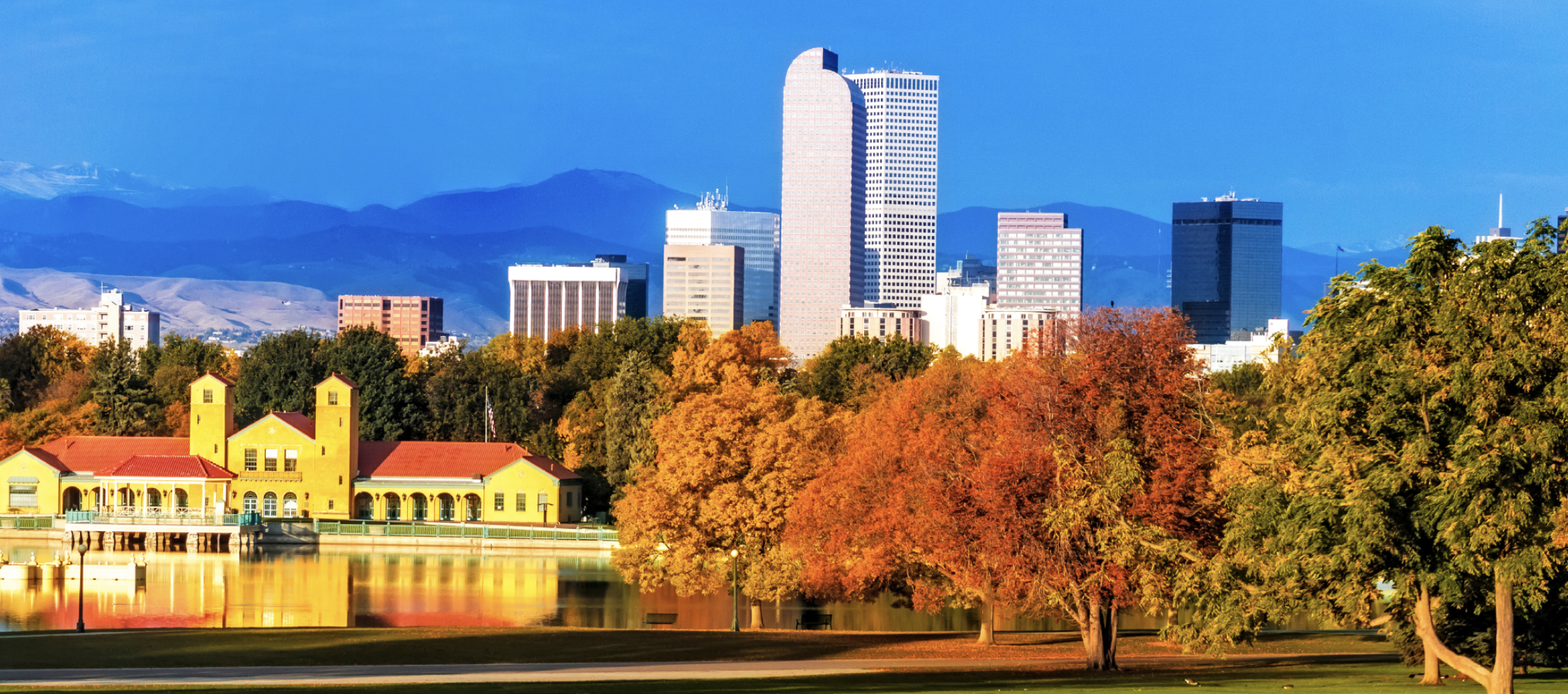Denver building owners face fines for continued use of natural gas
Starting Jan. 1, 2024, covered building owners must have implemented the energy efficiency measures necessary to meet their first interim building performance standard requirement.

The new year brings with it new legal expectations from the city and county of Denver that require all existing commercial, multifamily, and public buildings 25,000 square feet and larger to comply with stringent “energy efficiency” mandates. These requirements are known as the “Energize Denver” program, whose stated purpose is for all existing and new Denver “covered buildings” to dramatically reduce their greenhouse gas emissions (GHG) to zero by 2040. Energize Denver has no soft initial implementation phase for covered building owners to do what might be more cost-effective or achievable. Instead, the first mandatory compliance period starts Jan. 1, 2024, and requires immediate and costly building retrofits. Denver plans to enforce the requirements with the imposition of steep penalties, liens for noncompliance, and mandated compliance status disclosures prior to any future sale of any “covered building.”
Where do GHG emissions in such buildings come from? They come from the use of natural gas for building heating and hot water purposes. How does one reduce (or eliminate) such GHG emissions? A building owner either foregoes the use of such modern amenities for heating or cooking or convert the building to use more costly (and possibly less effective) electricity.
Denver’s Office of Climate Action, Sustainability, and Resiliency (“CASR”) administers Energize Denver, which has two main components. First, CASR requires covered building owners to submit annual benchmarking reporting their building’s energy usage on an annual basis. Second, CASR has set the final building performance standards that covered buildings must meet by 2030. CASR also sets interim compliance targets for calendar years 2024 and 2027, which are determined by drawing a “straight line” from a covered building’s 2019 baseline Energy Use Intensity (EUI) score to the final 2030 EUI building performance standard. Both the annual benchmarking and the building performance standards under Energize Denver are expressed using an EUI metric, which is essentially the covered building’s energy use per square foot (expressed as kilo British thermal units (“kBtu”) per square foot). Benchmarking submittals utilize the Energy Star (a federal energy program administered by the Environmental Protection Agency) online reporting system, in which building owners input annual energy usage and the EUI metric is then calculated. Covered buildings are assigned 2024, 2027, and 2030 EUI compliance targets based on property type (e.g., office buildings will have different EUI targets than hospitals or multifamily housing buildings).
Starting Jan. 1, 2024, covered building owners must have implemented the energy efficiency measures necessary to meet their first interim building performance standard requirement. Energize Denver requires covered building owners to meet the EUI building performance standards by:
- Retrofitting existing buildings to convert natural gas equipment to electric space and water heating – effectively eliminating their use of natural gas equipment.
- Meeting energy efficiency targets by reducing the energy consumption of the building through non-space and water heating efficiency retrofits (insulation, energy efficiency timed lights, etc.).
- Using some combination of efficiency and natural gas conversion measures.
- Installing on-site renewable power generation or purchasing off-site renewable power.
For many existing covered buildings in Denver, the only feasible way (if at all) to meet the 2030 (and potentially the interim 2024 and 2027) EUI building performance standards will be to replace existing gas-fired HVAC and water heating equipment with electrified equipment. That is because Denver EUI targets are so stringent that analysis predicts lesser building energy efficiency measures such as LED lights and improved windows and insulation are not sufficient to enable a covered building to meet Denver’s EUI requirements. This leaves covered buildings with few and perhaps only option of abandoning often perfectly good and well-functioning natural gas-fired equipment and replacing it with costly electrical equipment instead – which is often unable to function as a like-kind replacement in terms of effectiveness or operating costs. This is especially true for older buildings that are farther away from the 2030 EUI building performance standard requirements.
The Energize Denver regulations’ aim to compel covered building owners to electrify existing fossil-fuel-utilizing equipment is exemplified by provisions which give “covered buildings” a 10% increase in their required EUI target if the covered building owner can demonstrate that their building is 80% electrified.
Energize Denver compels owners of “covered buildings” to comply with the rigorous EUI building performance standards through costly penalty provisions. Penalties for “covered buildings” that fail to meet the interim 2024 (or 2025), 2027, and final 2030 EUI building performance standards are steep at up to $0.70 per year for each required kBtu reduction that a covered building fails to achieve in that year. Take for example a hypothetical 25,000-square-foot financial office. Energy Star estimates the median financial office nationwide uses 52.9 kBtu/square foot. Energize Denver sets a 48.3 kBtu/square foot EUI building performance standard, translating to a required 4.6 kBtu/square foot reduction from the nationwide median. Assuming the median financial office in this example were to make no reductions in its EUI score, that would equate to a 115,000 kBTU shortfall (4.6 kBtu/square foot times 25,000 square feet), equating to an $80,500 annual penalty. For covered buildings that are larger than this 25,000-square-foot hypothetical or have energy usage farther outside the median Energy Star kBtu/square foot figure, these fines would increase significantly.
Energize Denver could also significantly challenge covered buildings’ marketability and financing. Under Energize Denver, annual fines that are not paid within 180 days are considered a debt to the city and county of Denver. This debt is classified as a perpetual lien on the covered building that is superior and prior to all other liens, regardless of their dates of recordation (excepting liens for general taxes and prior special assessments).
Importantly, there is no general exemption for covered buildings to comply with the Energize Denver building performance standards. However, covered building owners can apply for timeline adjustments for the 2024, 2027, and 2030 deadlines for reasons such as end of major equipment system life, the timing of a major renovation, change of building ownership or tenant, and financial distress. Timeline adjustment applications are handled on an individual basis by CASR. Denver’s CASR has also issued interim guidance indicating that the first 2024 interim compliance deadline will be extended to 2025 for all covered building owners who have been deemed to be in compliance with benchmarking submittals for the 2021 data year (submitted by June 1, 2022).
Bottom line: Covered buildings in Denver are facing stringent energy efficiency requirements starting in January of 2024 – all targeted at inducing covered building owners to choose between electrifying their existing buildings at significant cost or paying significant penalties. This is compounded by the state of Colorado’s recently adopted Regulation 28, imposing similar building performance standards on buildings over 50,000 square feet.
This Article was Previously Published in the Denver Business Journal.
Greenberg Traurig Shareholder Paul M. Seby is a leading practitioner in the Rocky Mountain region, with nearly 30 years of experience focusing on environmental issues. Associate Matthew K. Tieslau focuses his practice on environmental compliance, water law, and brewery representation.
